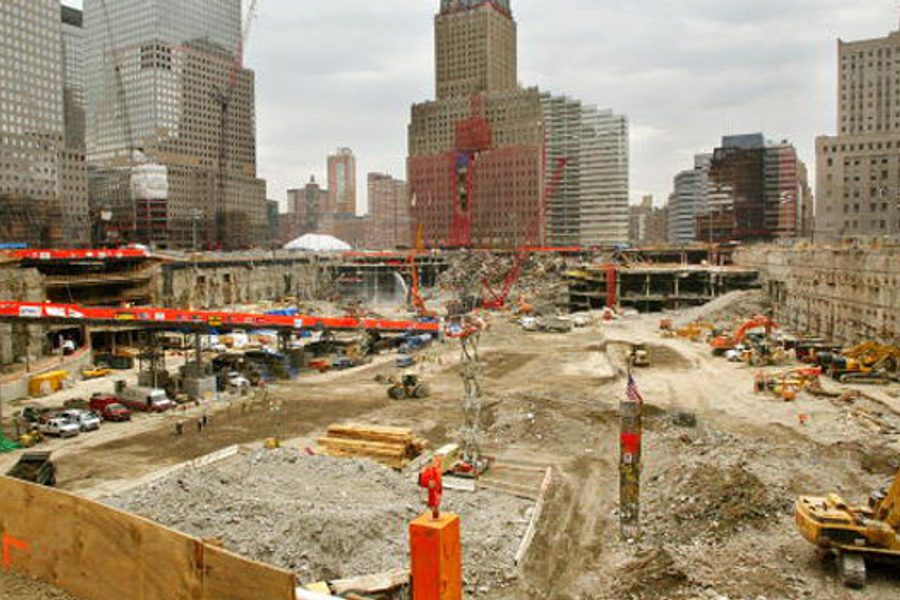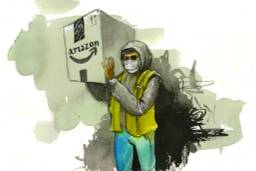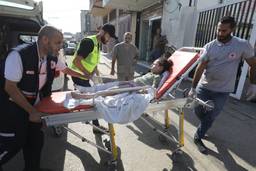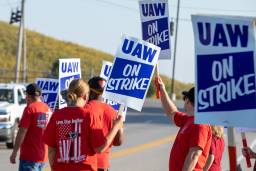
More than a decade after the Twin Towers came crashing down, the disaster still weighs heavily on the bodies of workers and survivors. A federal panel’s recent decision on cancers related to 9/11 could bring some long awaited relief, as well as new challenges for sick survivors of Ground Zero.
The panel’s analysis may open a channel for covering various forms of cancer through the healthcare fund of the federal Zadroga Act, which offers compensation for sicknesses resulting from the disaster. Though the multi-billion dollar fund won’t expand without further congressional action, the panel’s decision is a boost for survivors who had previously met resistance from lawmakers who were reluctant to include cancer care in the program, fearing the potential financial liability.
Joel Shufro, executive director of the New York Committee for Occupational Safety & Health called the decision a breakthrough. “It is the preliminary and necessary first step to including a whole range of people who are suffering from various types of cancer, and essentially opening the door to medical services and compensation,” he said. But he added, “There are number of unanswered questions that still remain,” including challenges people may face in applying for compensation, through a process constrained by the legislation’s five-year time frame and pending federal guidelines on the review process for health claims.
Since 9/11, emergency responders and other survivors have been plagued with health problems associated with dust and pollutants surrounding the “Ground Zero” site. Advocates say the health problems were aggravated by the government’s failure to provide protective gear and other safety measures following the disaster.
Much of the research so far has focused on more immediate impacts of toxic exposures, like respiratory ailments. Mount Sinai hospital researchers have found abnormally high rates of asthma attacks among responders, and city officials report elevated asthma risk for local residents and workers.
Scientific research on the cancer link is still emerging. One recent study of firefighters who worked in the disaster zone revealed escalated risk of developing cancer (the researchers tracked melanoma, leukemia and stomach cancers). Amid other mounting scientific and anecdotal evidence, the findings apparently spurred the political momentum for including cancer coverage in the fund.
Yet the cancer connection remains controversial. This week, some researchers challenged the panel’s findings in an AP report, arguing that evidence on cancer risk was still lacking. So even if the federal panel’s decision provides a channel for recompense, how would an individual worker who develops cancer years after 9/11 prove the toxic dust was to blame?
Many Ground Zero responders, however, see their own bodies as all the proof they need. For Reggie Hilaire, who was exposed to 9/11 debris as a police officer working at a local landfill, the cascade of health problems he’s suffered can’t attributed just to bad luck, reports the AP:
In 2005, at age 34, a lump showed up in his neck. He was diagnosed with thyroid cancer and successfully treated. Months later, he got more bad news: Doctors noticed he was anemic and investigated, leading to diagnosis of a second cancer — multiple myeloma, a blood cancer normally seen in the elderly….
Doctors don’t know what causes multiple myeloma, but say genetics plays a role and that it is more common in black men. Hilaire, who is black, is convinced that toxins at ground zero are to blame.
“I’ve had cancer twice since 9/11, and I’m 41 years old,” he said. “It would be some coincidence.”
According to the published summary of the panel’s findings, factoring in an elevated cancer risk for survivors might amount to millions more in medical costs. And there’s the rub: without additional money allotted by Congress, the program may prove woefully underfunded. There’s also the uncertainty surrounding the new healthcare reform legislation: the analysis anticipates that “Starting in 2014, continued implementation of the Affordable Care Act will result in increased access to health insurance and improved health care services.” But now those anticipated reforms could be upended by the upcoming Supreme Court ruling.
The Zadroga program is designed to “prorate” its rewards, and the rationing will likely become more severe if planned expansions in healthcare access evaporate for uninsured survivors. And there may be many sick 9/11 survivors who have not yet come forward; many undocumented immigrants who worked on post-disaster clean-up may continue to suffer underground, cut off from the mainstream medical system.
Historically, efforts to redress mass occupational injuries have been stymied by politics and litigation. In Libby, Montana, for example, victims of asbestos pollution from the W. R. Grace mining operation struggled for years through legal and political battles for medical compensation. Finally, about a decade after a group of miners brought a lawsuit, a court has approved a $43 million settlement for victims.
John Feal, a Ground Zero responder and one of the leading advocates for survivors, told ITT that the panel’s decision “shows us the federal government„ while slow to react, is [effective] when forced to. The lesson learned in my opinion, is that we never went away and continued to fight.”
The fight’s just getting started. Expanded medical coverage is a victory for labor and health advocates. But individual survivors will still have to navigate a complex claim process and undergo the medical scrutiny of bureaucrats. As time wears on, people who labored selflessly at Ground Zero will have to struggle to prove their case before a government that has for too long betrayed their trust.

I hope you found this article important. Before you leave, I want to ask you to consider supporting our work with a donation. In These Times needs readers like you to help sustain our mission. We don’t depend on—or want—corporate advertising or deep-pocketed billionaires to fund our journalism. We’re supported by you, the reader, so we can focus on covering the issues that matter most to the progressive movement without fear or compromise.
Our work isn’t hidden behind a paywall because of people like you who support our journalism. We want to keep it that way. If you value the work we do and the movements we cover, please consider donating to In These Times.
Michelle Chen is a contributing writer at In These Times and The Nation, a contributing editor at Dissent and a co-producer of the “Belabored” podcast. She studies history at the CUNY Graduate Center. She tweets at @meeshellchen.







